Les fixations Touring sont indispensables pour le ski hors-piste, offrant à la fois mobilité en montée et contrôle en descente. Mais toutes les fixations ne se valent pas. Voici le topo :
- Les fixations Tech sont légères et efficaces pour la montée mais moins stables en descente.
- Les fixations à cadre offrent une performance solide en descente mais sont plus lourdes et plus difficiles à grimper.
- Les fixations hybrides visent à trouver un équilibre entre les deux, combinant une bonne efficacité en montée avec un bon contrôle en descente.
Snowfeet* suit une voie différente en proposant un équipement léger et compact compatible avec des chaussures d'hiver ou de snowboard classiques. Contrairement aux configurations traditionnelles, les produits Snowfeet* simplifient vos aventures en montagne sans nécessiter de chaussures spécialisées ni d'équipement lourd.
Vous voulez une comparaison rapide ? Consultez le tableau ci-dessous pour un aperçu simple des avantages et inconvénients de chaque système.
The FIFTY - Gear Talk - Secrets, Nuances and Selecting Ski Bindings.
1. Fixations Tech
Les fixations tech misent sur la simplicité et l'efficacité pour le ski de randonnée. Elles comportent des pièces séparées pour l'avant et l'arrière qui se fixent à votre chaussure à l'aide de quatre broches métalliques. Ces broches s'insèrent dans des trous et fentes métalliques correspondants - appelés inserts tech - sur les chaussures de ski de randonnée compatibles. La pièce arrière peut pivoter librement pendant les montées, facilitant une marche naturelle.
Poids
L'un des atouts majeurs des fixations tech est leur légèreté. Prenez par exemple la Dynafit Superlite 150 - elle ne pèse que 10,6 oz par fixation. C'est un vrai changement pour les longues ascensions où chaque gramme compte. De même, les produits Snowfeet* sont conçus avec une construction compacte qui améliore l'agilité et aide à réduire la fatigue lors d'efforts prolongés en montée.
Compatibilité des chaussures
Pour utiliser des fixations tech, vous aurez besoin de chaussures avec des inserts tech spécifiques à l'avant et à l'arrière. Cela signifie que vous aurez besoin de chaussures de ski de randonnée spécialisées. En revanche, les produits Snowfeet* offrent plus de polyvalence - ils sont compatibles avec des chaussures d'hiver, des chaussures de snowboard ou des chaussures de ski, vous offrant plus d'options pour vos aventures.
Efficacité en montée
Les fixations tech excellent en performance en montée. Leur conception légère et leur talon librement rotatif permettent un mouvement de montée fluide et naturel. Cette efficacité à la montée vous prépare à une expérience de descente gratifiante.
Performance en descente
Bien que les fixations tech soient excellentes pour la montée, leur conception minimaliste signifie qu'elles ne fournissent pas toujours le même transfert de puissance ou la même stabilité que les systèmes de fixation plus lourds lors des descentes. Cependant, associées aux skis courts de Snowfeet*, leur légèreté et leur agilité créent un ensemble équilibré. Cette combinaison offre des ascensions efficaces et des descentes agiles, ce qui en fait un choix solide pour les skieurs qui privilégient la maniabilité plutôt que la force brute en descente.
2. Fixations à cadre
Les fixations à cadre proposent une approche différente du ski hors-piste, en se concentrant sur un contrôle solide en descente. Contrairement aux fixations tech, ces systèmes maintiennent toute votre chaussure de ski alpine dans un cadre qui pivote à l'avant pour les déplacements en montée. Cette conception permet à votre talon de se lever pendant la montée, rendant le mouvement plus proche de la marche naturelle.
Poids
En ce qui concerne le poids, les fixations à cadre sont plus lourdes que les fixations tech. Ce poids supplémentaire peut rendre les longues montées plus difficiles et ralentir votre ascension. En revanche, les produits Snowfeet* se distinguent par leur conception légère et compacte, offrant aux skieurs une option plus maniable pour affronter les terrains difficiles sans être alourdis.
Compatibilité des chaussures
Un grand avantage des fixations à cadre est leur capacité à fonctionner avec des chaussures de ski alpines standard. Cela signifie que vous pouvez partir en hors-piste sans avoir besoin d'acheter des chaussures spécialisées avec inserts tech. De même, Snowfeet* porte la polyvalence à un autre niveau en étant compatible avec les chaussures d'hiver, les chaussures de snowboard et les chaussures de ski, ce qui en fait un choix flexible pour les aventuriers qui veulent varier les plaisirs. Cependant, gardez à l'esprit que cette commodité peut entraîner certains compromis en termes de performance, surtout lors des montées.
Efficacité en montée
Les fixations à cadre brillent en descente, mais leur conception plus volumineuse et plus lourde peut rendre les déplacements en montée moins efficaces. Bien que le mécanisme pivotant à l'avant fasse le travail, il n'offre pas la foulée fluide et naturelle que vous obtenez avec les fixations tech. Cela peut rendre les longues ascensions plus fatigantes, surtout si vous accumulez un gain d'altitude important.
Performance en descente
Là où les fixations à cadre excellent vraiment, c'est en descente. Elles créent une connexion forte et sécurisée entre votre chaussure et la fixation, assurant un excellent transfert de puissance et une grande stabilité - parfait pour un ski agressif. D'un autre côté, les produits Snowfeet* apportent un autre type de plaisir à l'expérience de la descente, offrant une glisse agile et ludique. Ces différences mettent en lumière la nécessité de choisir un système qui correspond à votre terrain et style préférés.
Prix
Les fixations à cadre ont tendance à être plus chères que les fixations tech. Bien que vous puissiez économiser un peu d'argent en utilisant vos chaussures alpines existantes, le coût global de l'installation est généralement plus élevé. En revanche, Snowfeet* offre une alternative abordable, proposant une capacité hors-piste à un prix plus bas tout en offrant une expérience de ski unique et agréable.
sbb-itb-17ade95
3. Fixations hybrides
Les fixations hybrides sont comme le meilleur des deux mondes en matière de fixations de randonnée. Elles combinent des caractéristiques des systèmes tech et à cadre, visant à trouver un équilibre entre facilité en montée et stabilité en descente. L'idée est simple : vous offrir une efficacité légère pour la montée tout en garantissant une performance solide à la descente. Ces fixations incluent souvent plusieurs modes de déclenchement et des fonctionnalités de sécurité supplémentaires pour rendre vos aventures en hors-piste plus sûres et plus agréables.
Poids
Les fixations hybrides ont tendance à peser plus que les fixations purement tech à cause de leurs mécanismes de sécurité supplémentaires. Cependant, elles restent plus légères que la plupart des systèmes à cadre, ce qui en fait une option intermédiaire. D'un autre côté, les produits Snowfeet* sont conçus avec la portabilité en tête, offrant une alternative ultra-légère parfaite pour l'utilisation en hors-piste.
Compatibilité des chaussures
Si vous optez pour des fixations hybrides, vous aurez besoin de chaussures avec inserts tech. C'est une exigence assez standard. Mais les produits Snowfeet* adoptent une approche différente. Ils fonctionnent avec des chaussures d'hiver classiques et des boots de snowboard, ce qui les rend beaucoup plus polyvalents et économiques. Pas besoin d'investir dans des chaussures spécialisées - utilisez simplement ce que vous avez déjà.
Efficacité en montée
L'un des grands avantages des fixations hybrides est leur mouvement fluide en montée. Grâce à un mécanisme de pivot d'orteil, vous pouvez garder une foulée naturelle en gravissant, rendant ces longues ascensions bien plus confortables comparé aux fixations à cadre. Cela dit, le poids supplémentaire et la complexité mécanique des hybrides peuvent les rendre légèrement moins efficaces que les systèmes purement tech, surtout sur des montées raides et éprouvantes. Tout est une question de trouver le bon équilibre, et cette tendance vers un équipement multifonctionnel est quelque chose que les produits Snowfeet* adoptent pleinement.
Performance en descente
Quand il s'agit de descendre, les fixations hybrides brillent. Elles offrent de meilleures caractéristiques de sécurité, comme le déclenchement du talon multidirectionnel, qui peut aider à réduire le risque de blessure lors des chutes. Bien qu'elles ne donnent pas la même sensation d’enfermement que les fixations à cadre, elles représentent un net progrès par rapport aux fixations tech en termes de contrôle et de stabilité en descente. Pour beaucoup de skieurs, cette performance améliorée justifie la complexité et le coût supplémentaires.
Prix
En parlant de coût, les fixations hybrides sont clairement plus chères que les fixations tech. En revanche, les produits Snowfeet* offrent des capacités impressionnantes en hors-piste à un prix bien plus abordable, ce qui en fait un choix attrayant pour les aventuriers soucieux de leur budget.
Snowfeet* Compatibilité
Ce qui distingue vraiment Snowfeet*, c’est leur compatibilité. Contrairement aux fixations hybrides, qui nécessitent des chaussures spécifiques avec inserts tech, Snowfeet* fonctionnent parfaitement avec vos chaussures d’hiver ou de snowboard existantes. Cela simplifie non seulement votre équipement, mais vous fait aussi économiser de l'argent. Pour ceux qui souhaitent explorer le hors-piste sans se ruiner ni s’embarrasser d’un matériel spécialisé, Snowfeet* offrent une solution simple et économique.
Avantages et inconvénients
Chaque système de fixation présente ses avantages et inconvénients, qui peuvent influencer considérablement votre expérience en hors-piste. Connaître ces compromis vous aidera à faire un choix adapté à vos besoins et à votre budget.
Fixations tech
Les fixations tech sont conçues pour garder la légèreté et l'efficacité lors des déplacements en montée. Leur design léger facilite grandement les longues ascensions. Mais il y a un inconvénient : elles sont moins robustes en descente, et leurs mécanismes de déclenchement sont assez basiques.
Fixations à cadre
Si la performance en descente est votre priorité, les fixations à cadre sont une option solide. Elles imitent la sensation des fixations alpines et disposent de systèmes de déclenchement plus tolérants. Le revers de la médaille ? Elles sont plus lourdes, ce qui rend les montées plus difficiles.
Fixations hybrides
Les fixations hybrides visent à vous offrir le meilleur des deux mondes en combinant les atouts des fixations tech et à cadre. Elles sont plus sûres que les fixations tech, plus légères que les fixations à cadre, et trouvent un bon équilibre entre efficacité en montée et contrôle en descente. Cependant, elles peuvent être coûteuses, et leur conception polyvalente signifie qu'elles n'excellent pas forcément dans un domaine spécifique comme le font les fixations spécialisées.
Voici une comparaison rapide de ces systèmes :
| Critères | Fixations tech | Fixations à cadre | Fixations hybrides | Produits Snowfeet* |
|---|---|---|---|---|
| Poids | ~1–2 lbs | ~3–4 lbs | ~2–3 lbs | Ultra-léger |
| Compatibilité des chaussures | Chaussures à insert technique | Chaussures alpines | Chaussures à insert technique | Chaussures d'hiver standard ou de snowboard |
| Efficacité en montée | Excellent | Limitée | Bon | Excellente portabilité |
| Performance en descente | Moins robuste | Excellent | Bon | Polyvalence du terrain |
| Prix | $300–$600 | $400–$800 | $500–$900 | $250–$775 |
| Compatibilité Snowfeet | Non | Non | Non | Association parfaite |
Parlons maintenant de ce qui fait des produits Snowfeet* une révolution. Contrairement aux fixations traditionnelles, ils évitent bien des compromis habituels. Avec Snowfeet*, vous n'avez pas à choisir entre poids, performance et coût. Ils sont légers, compatibles avec les chaussures que vous possédez déjà, et ne nécessitent aucun équipement spécialisé.
Cette flexibilité est un atout majeur. Alors que la plupart des fixations de randonnée vous enferment dans des chaussures et styles de ski spécifiques, les produits Snowfeet* fonctionnent parfaitement avec votre équipement existant - que ce soit des chaussures de snowboard ou des chaussures d'hiver classiques. Cela signifie que vous pouvez partir en arrière-pays sans les tracas ni les coûts d'un équipement spécialisé complet.
Conclusion
Choisir le bon système de fixation de randonnée, c'est avant tout savoir ce qui compte le plus pour vous et comment vous aimez skier. Les fixations tech sont un choix de premier ordre pour les passionnés de hors-piste qui privilégient l'efficacité en montée, même si cela signifie sacrifier un peu la performance en descente. Les fixations à cadre, quant à elles, sont parfaites pour ceux qui veulent la sensation familière du ski alpin avec un bon contrôle en descente. Et si vous cherchez un mélange des deux, les fixations hybrides offrent un bon équilibre, offrant polyvalence pour des aventures variées.
C'est là que Snowfeet* intervient avec une perspective nouvelle. Leurs produits se distinguent par une portabilité inégalée, une compatibilité avec les chaussures d'hiver que vous possédez déjà, et un prix de départ abordable de seulement 250 $. Contrairement aux configurations traditionnelles de marques comme Salomon, Marker et Dynafit - qui nécessitent souvent de longs skis et des chaussures spécialisées - Snowfeet* change la donne. Ils proposent un équipement léger et portable qui simplifie les sports d'hiver tout en gardant la performance et l'exploration au cœur de l'expérience. Fini les configurations complexes ou coûteuses - Snowfeet* facilite la pratique de la neige sans compromis.
Envie de découvrir à quoi peuvent ressembler les sports d'hiver sans les tracas habituels ? Découvrez la gamme complète de Snowfeet* et voyez comment leur approche intelligente et simple s'intègre dans le monde des fixations de randonnée, offrant une manière plus facile d'explorer l'arrière-pays.
FAQs
Quelles sont les principales différences entre les fixations tech, à cadre et hybrides en termes de poids et de performance ?
Les fixations tech sont les plus légères du lot, pesant généralement entre 1 et 3 livres la paire. Elles sont parfaites pour ceux qui privilégient l'efficacité en montée et les descentes techniques. Cependant, elles ont leurs inconvénients - principalement, elles n'offrent pas beaucoup d'élasticité ni d'absorption des chocs. En revanche, les fixations à cadre sont plus lourdes mais conçues pour durer. Elles sont compatibles avec les chaussures de ski standard, ce qui en fait un choix solide pour le ski tout-terrain. Gardez simplement à l'esprit qu'elles ne sont pas idéales si vous prévoyez de longues ascensions éprouvantes. Ensuite, il y a les fixations hybrides, qui tentent de trouver un équilibre entre les deux. Elles sont modérément légères et offrent de bonnes performances en montée, mais elles pèsent toujours plus que les fixations tech.
Parlons maintenant de Snowfeet. Ces produits misent sur des designs légers et polyvalents qui privilégient l'agilité et la facilité d'utilisation. Contrairement aux fixations de ski ou snowboard traditionnelles, Snowfeet offrent une portabilité inégalée. Ils sont une excellente option pour les skieurs qui veulent la commodité sans sacrifier la performance.
Les produits Snowfeet sont-ils compatibles avec différents types de chaussures comparés aux fixations de touring traditionnelles ?
Les produits Snowfeet sont conçus pour fonctionner avec une variété de chaussures, y compris vos bottes d'hiver quotidiennes, bottes de snowboard et bottes de ski. Contrairement aux fixations de touring traditionnelles qui exigent souvent des chaussures spécialisées avec des caractéristiques spécifiques comme la compatibilité avec des pins ou des semelles (pensez aux bottes tech ou MNC), Snowfeet évite ces complications. Aucun équipement supplémentaire n'est nécessaire, ce qui en fait un choix idéal pour les skieurs occasionnels et récréatifs.
Cette flexibilité signifie que vous pouvez garder les chaussures que vous possédez déjà, vous évitant ainsi le coût et l'engagement d'acheter un équipement spécialisé. Que vous glissiez sur des pistes damées ou que vous vous aventuriez sur un terrain hors-piste léger, Snowfeet offre une alternative simple et pratique aux configurations traditionnelles.
Pourquoi les produits Snowfeet sont-ils un meilleur choix que les skis ou snowboards traditionnels pour les aventures hors-piste ?
Le matériel Snowfeet révolutionne les aventures hors-piste. Pourquoi ? Parce qu'il est léger, portable et super facile à transporter - même lorsque le terrain devient difficile. Grâce à leur design compact, ils sont un jeu d'enfant à installer et parfaits pour naviguer sur des sentiers étroits ou serpenter à travers des forêts denses. Contrairement aux skis ou snowboards traditionnels qui peuvent donner l'impression de traîner une tonne de briques, Snowfeet garde les choses légères et simples.
Ils sont également idéaux pour les pistes douces et les sentiers adaptés aux débutants, offrant une alternative solide et durable aux configurations plus encombrantes. De plus, ils sont économiques et incroyablement simples à utiliser, ouvrant l'exploration hors-piste à un plus grand nombre de personnes. Que vous soyez un explorateur du week-end ou que vous découvriez simplement le monde des aventures hivernales, Snowfeet facilite le plaisir de l'extérieur sans tracas.







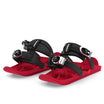
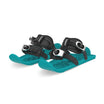












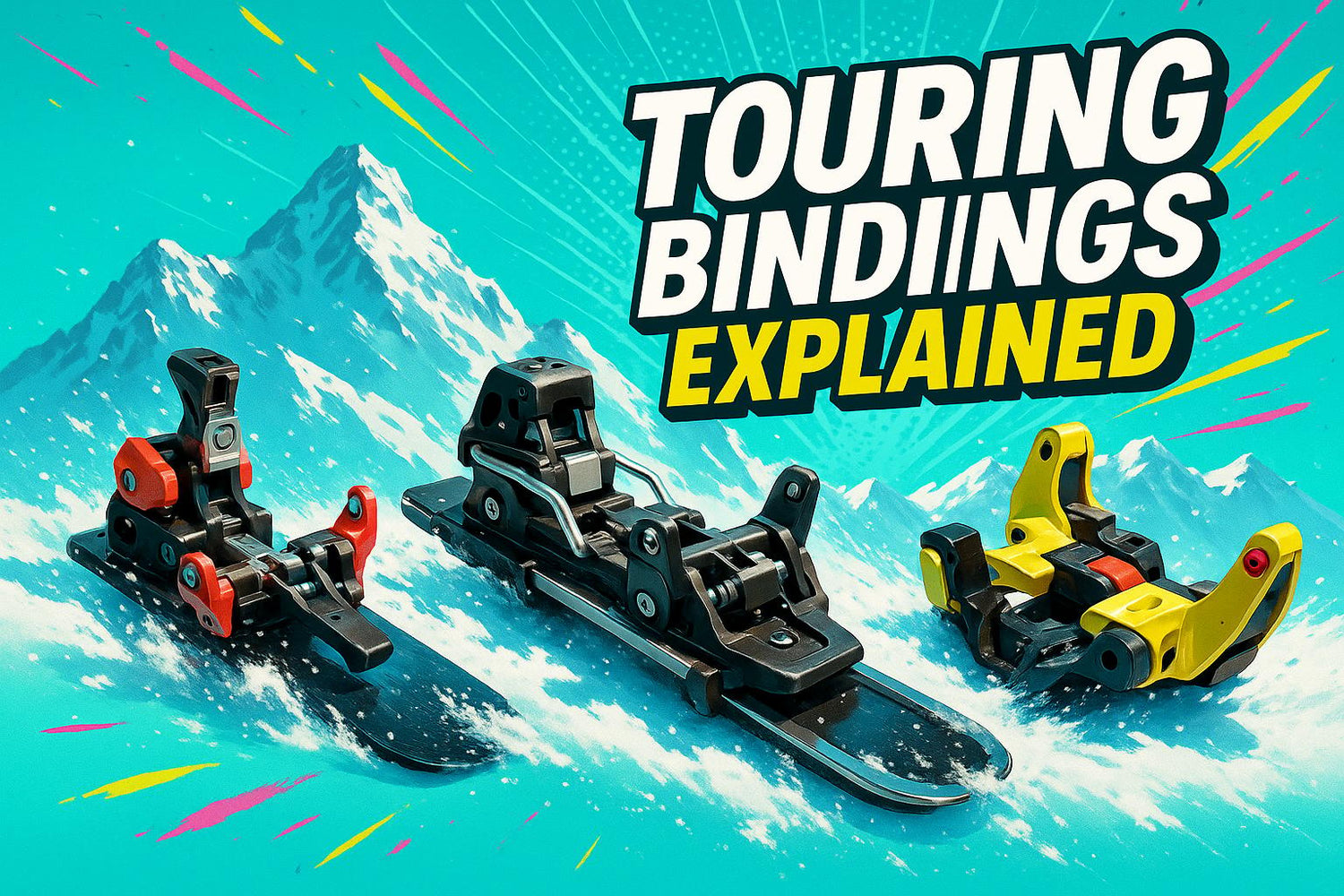






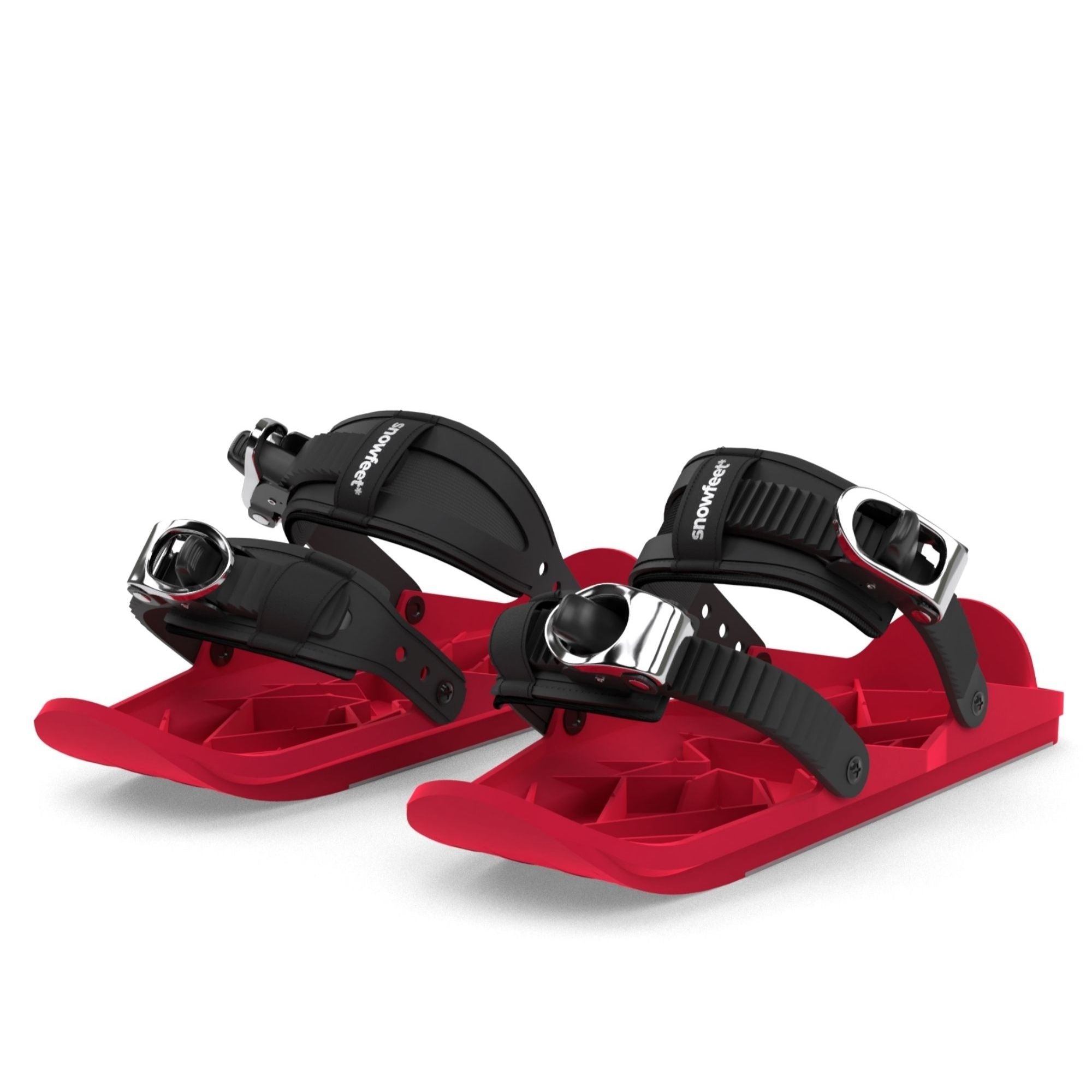
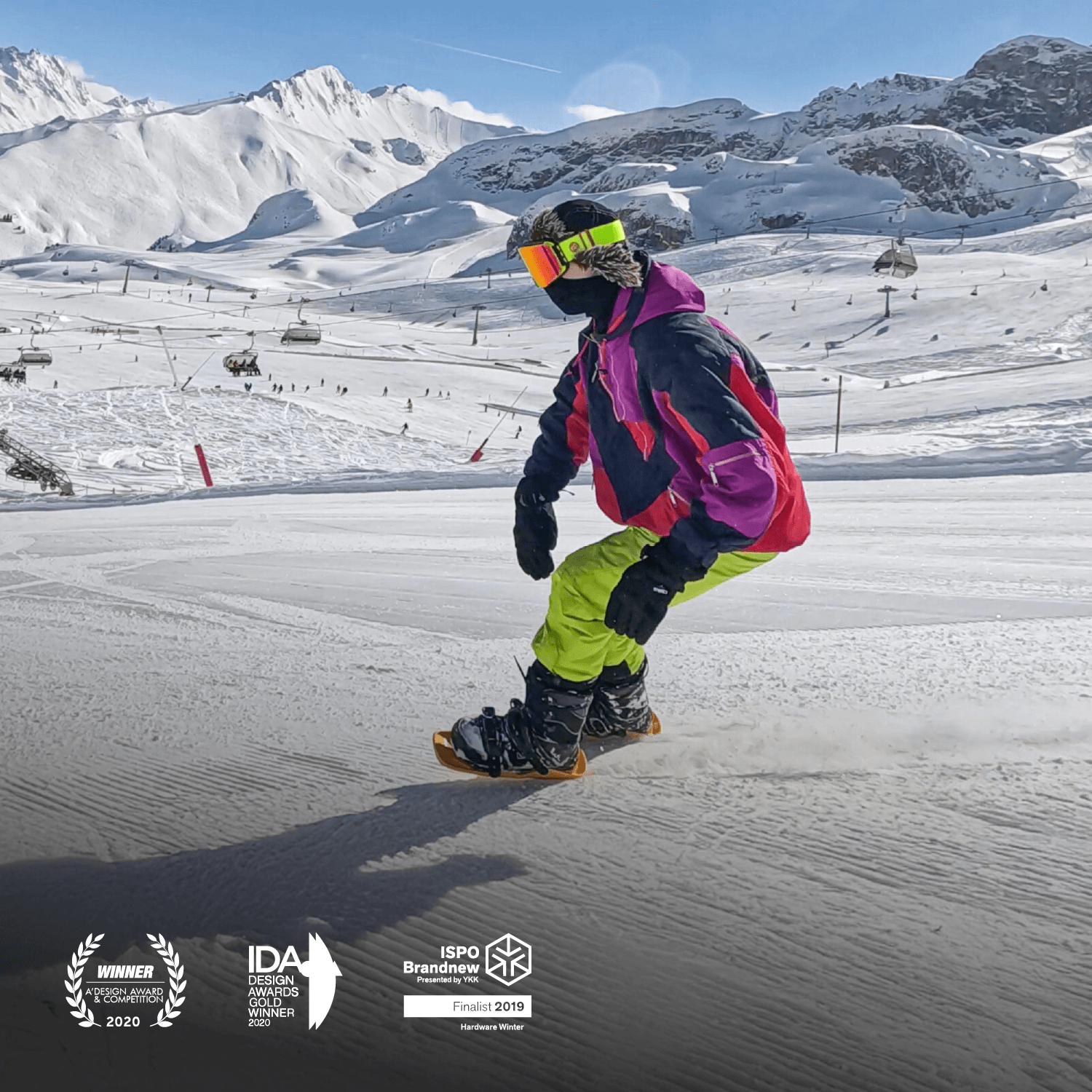




Laisser un commentaire
Ce site est protégé par hCaptcha, et la Politique de confidentialité et les Conditions de service de hCaptcha s’appliquent.